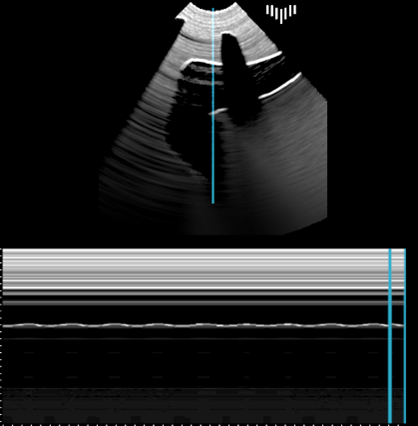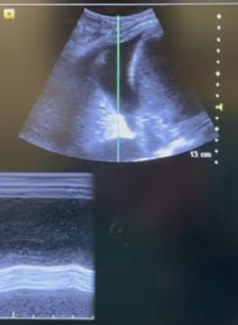Lung ultrasound simulators have become a valuable training tool for all health professionals. Our Simulation Technician has reviewed a free, virtual and usable lung ultrasound simulator for you.
With regard to free simulation, after discussing Med Sim Studio, with this article we go a bit more specific by describing a virtual lung ultrasound simulator (LUS).
Virtual lung ultrasound simulators have become invaluable training tools for doctors, nurses and other healthcare professionals who take care of patients with lung diseases.
Especially after the arrival of COVID-19, lung ultrasound plays a very important role in emergency medicine and intensive care. It is a noninvasive technique, easily used at the patient’s bedside, which allows to detect, evaluate, and monitor various lung pathologies through the visualization of ultrasound artifacts, caused by the pleura and the acoustic impedance difference between the superficial tissues and the air present in the lung.
Company Presentation
LUS is developed by MST, Medical Simulation Technologies, an innovative start-up company, founded in 2016 and based in Poland, that develops and implements simulators for teaching healthcare personnel. It consists of a team of medical specialists and engineers, all with academic backgrounds and passion for innovation.
Interface
The interface of LUS is rather simple, a list of cases is located on the top part (name and age) and below there are case descriptions and the patient’s baseline vitals.

Within the scenario on the left, it is possible to adjust the ultrasound probe’s position, the probe type (convex, linear and cardiology), manage gain and depth, M-Mode activation, and the ability to remove landmark highlighting ultrasoundable parts, remove the patient’s skin to view internal organs, and activate observation icons, which return immediate feedback whether the choice is correct or not.

Also on the left is the change in landmarks and on the right is the display of the ultrasound examination.
After reviewing all the landmarks, it is possible to finalize the examination by indicating the pathology and reviewing the feedback, being able to evaluate each specific landmark and any artifactual recognition errors. Returning to the main screen, reports will be displayed, which is useful for possible diagnostic completion.

Noteworthy
LSU is very simple, not only in terms of the interface, but also in terms of the ultrasound output, which allows easy identification of pathologies.


As much as the graphics engine is Unity, LUS is very accurate in its animations; in fact, inserting the probe under the armpit will raise the arm slightly.
What makes this software unique, as it is free, is the accuracy in handling every major detail of the probe, namely the type and correct orientation of the probe (of course there is no lack of indication in the probe itself to understand the orientation).
Verdict
Verdict LUS from Medical Simulation Technologies is a very simple training tool adapted to learning the basics of lung ultrasound, accessible to all as it is totally free.

- Free of charge
- Accurate functionality
- Essential graphics
- Very thorough probe management
- Very lightweight and supported even by not too modern hardware
- Easy recognition of major pulmonary ultrasound changes
- Ability to make a diagnosis.
- Intuitive

- Few cases
- There is no clinical case development (It would be nice if it could monitor patients over time and see what changes from the ultrasound viewpoint, as it frequently occurs in clinical practice).
- In the present cases, it is not possible to perform an ultrasound with the patient supine or prone, which happens frequently in the ICU or wards.
Antonio Scalogna












































